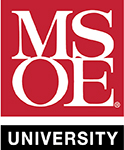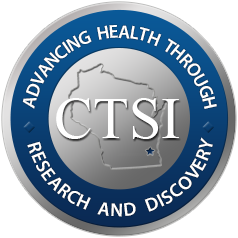Dachshund binds p53 to block the growth of lung adenocarcinoma cells. Cancer Res 2013 Jun 01;73(11):3262-74
Date
03/16/2013Pubmed ID
23492369Pubmed Central ID
PMC3674204DOI
10.1158/0008-5472.CAN-12-3191Scopus ID
2-s2.0-84878553762 (requires institutional sign-in at Scopus site) 56 CitationsAbstract
Hyperactive EGF receptor (EGFR) and mutant p53 are common genetic abnormalities driving the progression of non-small cell lung cancer (NSCLC), the leading cause of cancer deaths in the world. The Drosophila gene Dachshund (Dac) was originally cloned as an inhibitor of hyperactive EGFR alleles. Given the importance of EGFR signaling in lung cancer etiology, we examined the role of DACH1 expression in lung cancer development. DACH1 protein and mRNA expression was reduced in human NSCLC. Reexpression of DACH1 reduced NSCLC colony formation and tumor growth in vivo via p53. Endogenous DACH1 colocalized with p53 in a nuclear, extranucleolar location, and shared occupancy of -15% of p53-bound genes in ChIP sequencing. The C-terminus of DACH1 was necessary for direct p53 binding, contributing to the inhibition of colony formation and cell-cycle arrest. Expression of the stem cell factor SOX2 was repressed by DACH1, and SOX2 expression was inversely correlated with DACH1 in NSCLC. We conclude that DACH1 binds p53 to inhibit NSCLC cellular growth.
Author List
Chen K, Wu K, Cai S, Zhang W, Zhou J, Wang J, Ertel A, Li Z, Rui H, Quong A, Lisanti MP, Tozeren A, Tanes C, Addya S, Gormley M, Wang C, McMahon SB, Pestell RGMESH terms used to index this publication - Major topics in bold
AdenocarcinomaAnimals
Cell Cycle Checkpoints
Cell Growth Processes
Cell Line, Tumor
Cyclin-Dependent Kinase Inhibitor p21
Eye Proteins
Female
Genes, p53
HCT116 Cells
HEK293 Cells
Heterografts
Humans
Immunohistochemistry
Lung Neoplasms
Mice
Mice, Nude
Rad51 Recombinase
SOXB1 Transcription Factors
Transcription Factors
Transcription, Genetic
Transfection
Tumor Suppressor Protein p53









